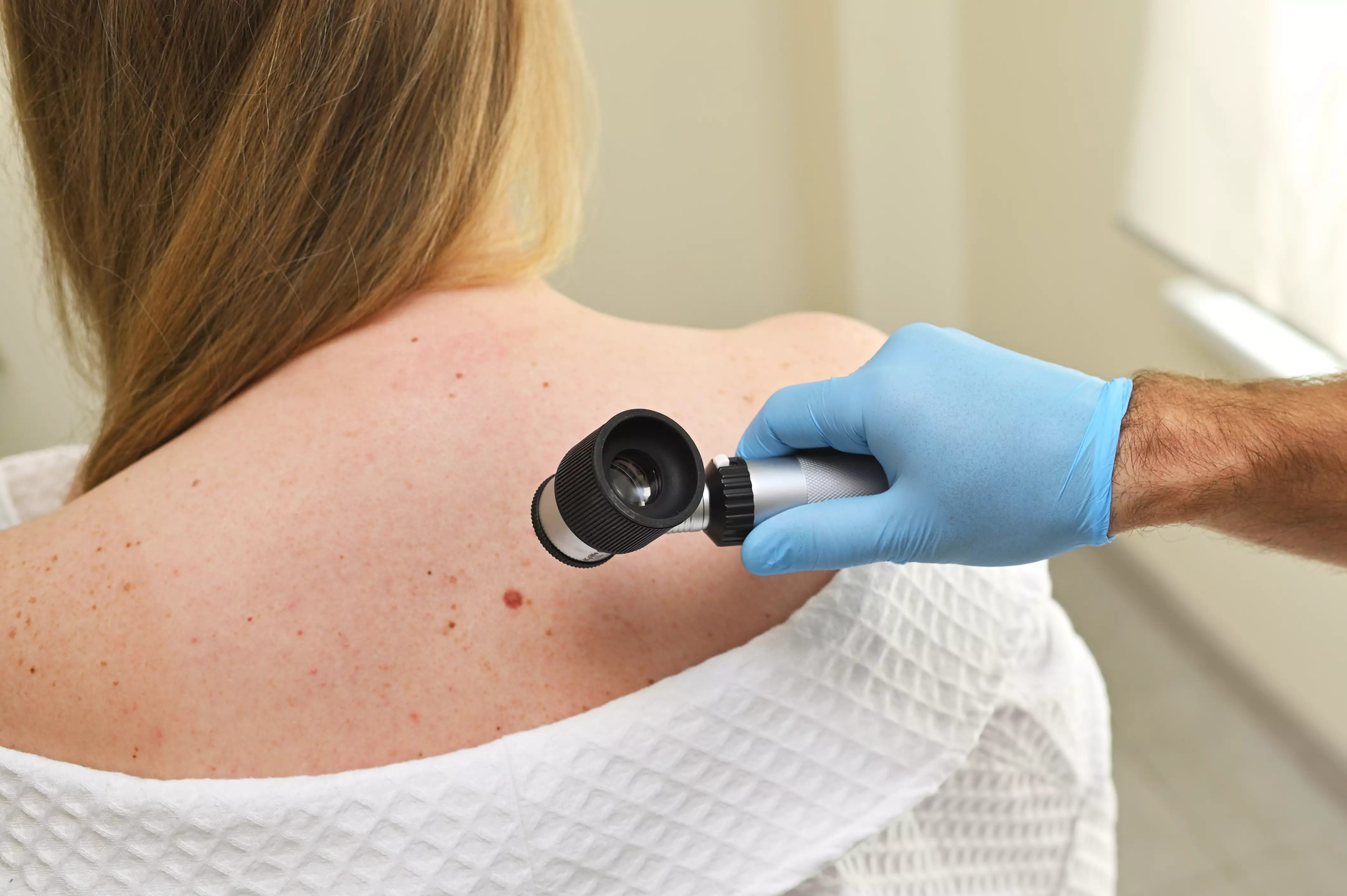Radiotherapy in the treatment of skin cancer
Skin cancer is one of the most common types of cancer in the world. Although treatment most often involves surgical removal of the tumor, in some cases other methods, including radiation therapy, are necessary. So let's focus on how radiation therapy is used to treat skin cancer.
What is radiation therapy?
Radiation therapy is a cancer treatment technique that uses high-energy radiation to destroy cancer cells. In the case of skin cancer, radiation therapy is usually used in situations where surgical removal of the tumor is difficult, risky or impossible to perform.
How is radiation therapy used to treat skin cancer?
Radiation therapy can be used in various contexts to treat skin cancer. It can be used as a primary treatment, especially if the tumor is large, is deep enough that it cannot be completely removed surgically, or if the patient is not a good candidate for surgery due to a medical condition.
In some cases, radiation therapy may be used after surgery to destroy any remaining cancer cells. It can also be used as a palliative treatment, that is, aimed at relieving symptoms, in cases of advanced skin cancer.

What is the procedure for radiation therapy?
Before starting radiation therapy, the patient goes through a planning process that includes obtaining detailed images of the tumor and surrounding tissues, most often using computed tomography (CT) scans. These images are used to develop a customized treatment plan that determines how and when radiation will be delivered.
The most common treatment is external radiation therapy, in which radiation is directed at the tumor from a machine outside the patient's body. Treatments are usually carried out five days a week for several weeks.
Alternatively, brachytherapy may be used, in which radioactive "seeds" are implanted directly into the tumor, delivering radiation directly to the cancer cells.
What are the side effects of radiation therapy?
Although radiation therapy is effective, it also has some side effects. Most commonly, patients experience skin changes such as redness, dryness, itching, blistering and peeling of the skin at the radiation site. Radiation therapy can also cause fatigue.
Most of these side effects are temporary and go away after treatment is completed. Your doctor may recommend various strategies and medications to help alleviate these side effects.
Conclusions
Radiation therapy is a valuable tool in the treatment of skin cancer, especially in situations where surgery may be difficult, risky or impossible. However, it is important to carefully plan and monitor treatment to minimize side effects and ensure the best possible outcome. As always, treatment decisions should be made after a thorough discussion of the options, benefits and risks with a trusted medical team.
